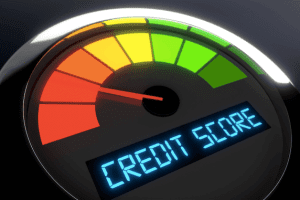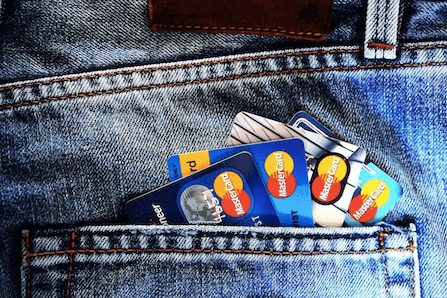Credit scores play a significant role in financial decisions, affecting everything from loan approvals and loan length to interest rates on credit cards. A credit score is a numerical representation of an individual’s creditworthiness, and it is used by lenders and creditors to assess the risk of lending money.
The FICO credit score range, which is one of the most commonly used scoring models, extends from 300 to 850. With this range in mind, a score of 600 falls below the midpoint. In this comprehensive exploration, Dollar Hand will discuss what a 600 credit score means, its implications and the steps you can take to improve it.
How Do Credit Score Ratings Work?
Before delving into whether a 600 credit score is considered bad, let us break down the typical credit score ranges and their associated meanings. The categories are:
- Excellent: 800 – 850
- Very Good: 740 – 799
- Good: 670 – 739
- Fair: 580 – 669
- Poor: 300 – 579

Is a 600 Credit Score Considered Bad?
A credit score of 600 falls within the “Fair” category. While it is not in the “Poor” range, it is also not in the “Good” or “Very Good” categories. So, how bad is a 600 credit score? The answer depends on the context and the specific financial situation of the individual.
Is A 600 Credit Score Bad?
The implications of a 600 credit score are summarized in the table below:
| Credit Approval: | With a 600 credit score, you may still be able to get approved for credit, but it might be more challenging compared to someone with a higher score. Lenders may consider you a moderate credit risk, which could result in higher interest rates or stricter lending terms. |
| Interest Rates: | If you are approved for credit with a 600 credit score, you are likely to be offered higher interest rates than someone with a better credit score. This means that you may pay more in interest over the life of a loan. |
| Loan Types: | You might have more limited access to certain types of loans or credit cards with favorable terms. Some lenders may be more willing to work with individuals in the “Fair” credit score range, while others may have stricter requirements. |
| Credit Limits: | Lenders may offer lower credit limits on credit cards and lines of credit to individuals with a 600 credit score. This means that you may have access to less credit overall. |
| Security Deposits: | When applying for certain financial products, such as secured credit cards or rental agreements, you might be required to make a security deposit or pay higher fees due to your credit score. |
What Factors Impact A 600 Credit Score?
There are several factors that contribute to a credit score of 600. Understanding these factors can help you assess your credit profile. For instance:
Payment History
Late payments or delinquencies on credit accounts can have a significant negative impact on your credit score. Consistently making on-time payments is essential for improving your score.
Credit Utilization
This factor represents the amount of credit you are using compared to your credit limits. High credit card balances relative to your credit limits can negatively affect your score.
Length of Credit History
The length of time you have been using credit plays a role. A shorter credit history may result in a lower score.
Credit Mix
Having a mix of different types of credit, such as credit cards, installment loans and mortgages, can positively impact your credit score.
New Credit
Opening multiple new credit accounts in a short period can lower your score. This is because it may indicate a higher risk to lenders.

So Is A 600 A Bad Credit Score?
Whilst 600 is a fair score, there are steps you can take to try to improve it as this will contribute towards a healthy financial future. Examples include:
Make All Of Your Payments On Time – Make sure to consistently make on-time payments for all your credit accounts. This is one of the most critical factors in improving your credit score.
Reduce Credit Card Balances – Work on paying down credit card balances to lower your credit utilization ratio. Aim to keep your balances well below your credit limits.
Regularly Check Your Credit Report – Review your credit reports for errors or inaccuracies. Dispute any discrepancies you find with the credit bureaus.
Avoid Opening New Lines Of Credit – Limit the number of new credit accounts you open, as each new application can result in a temporary dip in your score.
Diversify Your Credit Mix – Consider adding different types of credit accounts over time, such as an installment loan or a retail credit card, to diversify your credit mix.
Be Patient – Improving your credit score takes time, especially if you have a history of late payments or other negative factors. Be patient and continue practicing good credit habits.
Final Thoughts
A 600 credit score is considered “Fair” and falls below the midpoint of the credit score range. While it is not in the “Bad” category, it can still have implications for your financial opportunities, such as the interest rates you are offered and the types of credit you can access.
If you have a 600 credit score and want to improve it, focus on responsible credit management, making on-time payments and reducing credit card balances. Over time, these efforts can help you move toward a higher credit score and better financial opportunities.
Was this article helpful?
Justine is a full-time writer with lots of expertise and a wealth of experience in the financial world. In particular, she specializes in household income and consumer finance across the United States. Follow her articles for useful advice and top tips, guides on how to save money and lots more.
